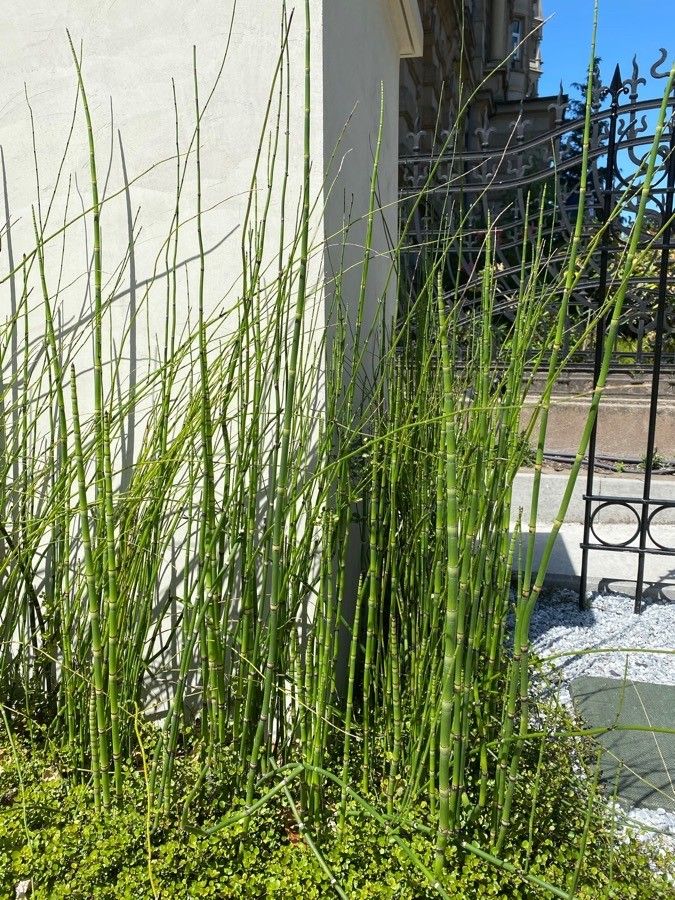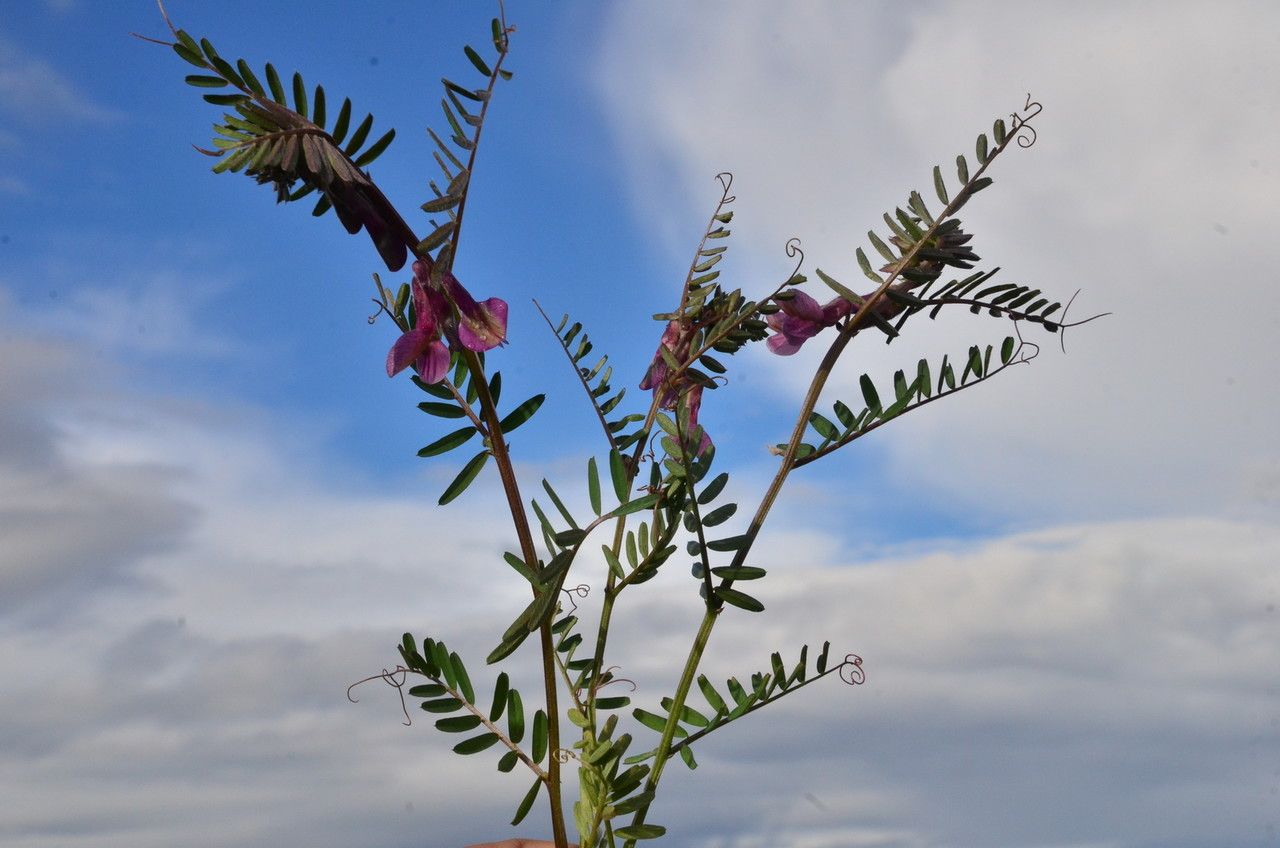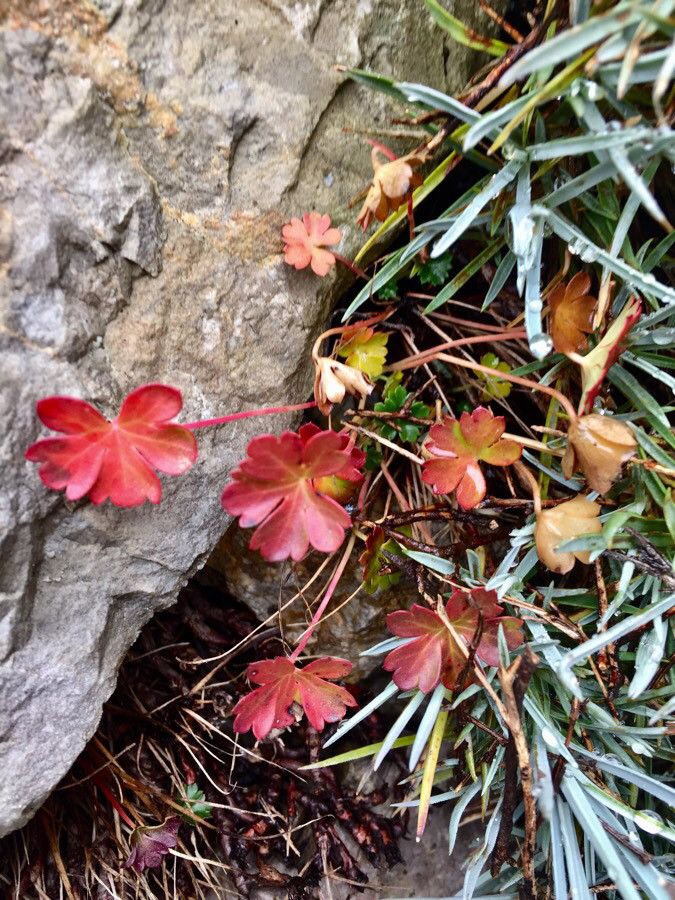## River Horsetail: A Comprehensive Guide
River Horsetail ( *Equisetum fluviatile*), a member of the Equisetaceae family, is a fascinating and often overlooked wetland plant. Unlike its more flamboyant flowering cousins, this ancient species boasts a unique, almost prehistoric charm. Its jointed, hollow stems, reminiscent of tiny bamboo stalks, create a striking textural contrast in any garden setting, though it requires specific conditions to thrive.
### Habitat and Growth
River Horsetail thrives in consistently moist or wet soils, earning its common name. You'll find it naturally flourishing along the banks of rivers, streams, ponds, and other wetland areas. It tolerates full sun to partial shade, but prefers areas with at least some shade during the hottest part of the day. Its rhizomatous nature allows it to spread aggressively under ideal conditions, forming dense colonies. This makes it a good choice for erosion control in damp areas but necessitates careful consideration for smaller gardens.
### Soil Needs and Watering
As a wetland species, River Horsetail demands consistently moist to wet soil. Poorly drained soils are crucial for its survival. The soil should be rich in organic matter but can tolerate a range of pH levels. Regular watering is essential, especially during dry spells. Allowing the soil to dry out significantly can severely stress the plant and even lead to its demise.
### Sun Exposure
River Horsetail is adaptable and tolerates a range of light conditions, from full sun to partial shade. However, prolonged exposure to intense, direct sunlight, especially in hot climates, can scorch its delicate stems. Partial shade, particularly during the afternoon hours, is ideal for optimal growth.
### Propagation
River Horsetail can be propagated easily through division of its rhizomes. This is best done in spring or early autumn. Simply dig up a section of the rhizome, ensuring that each section has several shoots, and replant it in suitable moist soil. Alternatively, propagation from spores is possible but more challenging and less reliable for the average gardener.
### Potential Uses
Beyond its ornamental value, River Horsetail has a rich history of traditional uses. It has been used in herbal medicine, although its efficacy requires further scientific research. Note: Always consult with a healthcare professional before using any plant for medicinal purposes.
### Managing Growth
Given its vigorous growth habit, managing River Horsetail's spread is crucial, particularly in smaller gardens. Containment can be achieved by planting it in containers sunk into the ground or by creating physical barriers to restrict its rhizomatous expansion. Regular pruning can also help to control its size and prevent it from becoming overwhelming.
### Caution: Potential Invasiveness
In some regions, River Horsetail is considered invasive. Before planting, research its status in your specific area to avoid unintended ecological consequences. Consult local gardening resources or authorities to ensure responsible gardening practices.
River Horsetail, with its unique charm and adaptable nature, can be a valuable addition to wetland gardens or damp areas. However, its vigorous growth demands careful planning and management to avoid potential problems.
River Horsetail: Complete Guide & Care

Frequently Asked Questions
How do I care for River Horsetail?
River Horsetail needs consistently moist to wet soil, rich in organic matter. It tolerates full sun to partial shade, but prefers some afternoon shade. Regular watering is vital, especially during dry spells. Manage growth by containment or regular pruning.
Is River Horsetail invasive?
River Horsetail's invasive potential varies by region. Check with local resources to determine its status in your area before planting to ensure responsible gardening practices.


